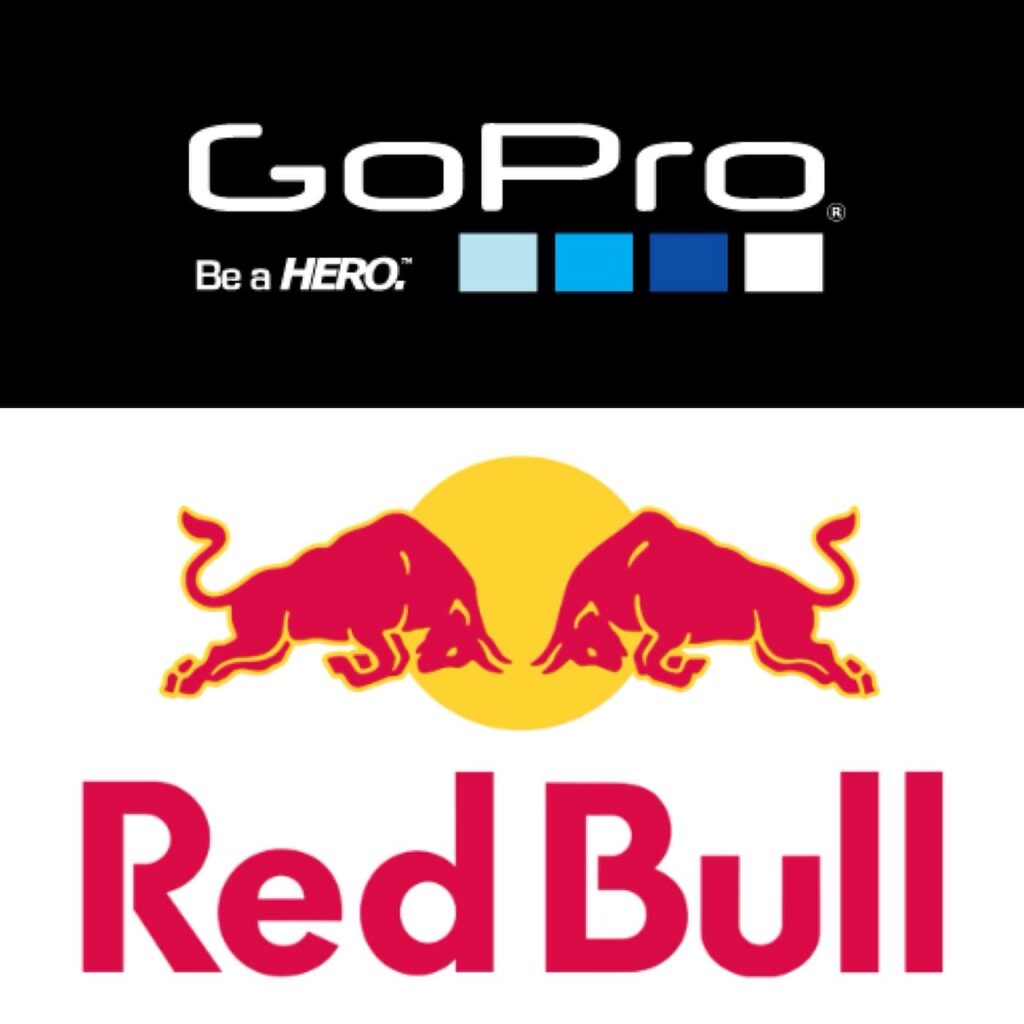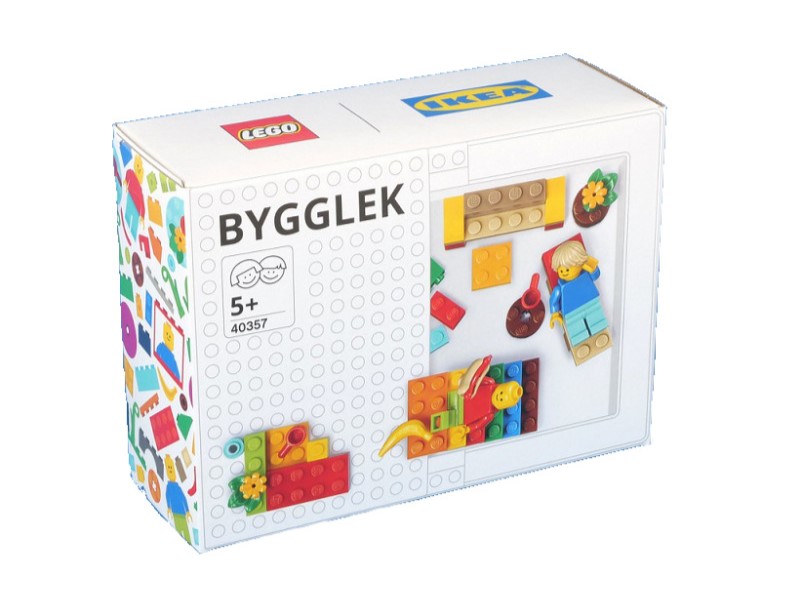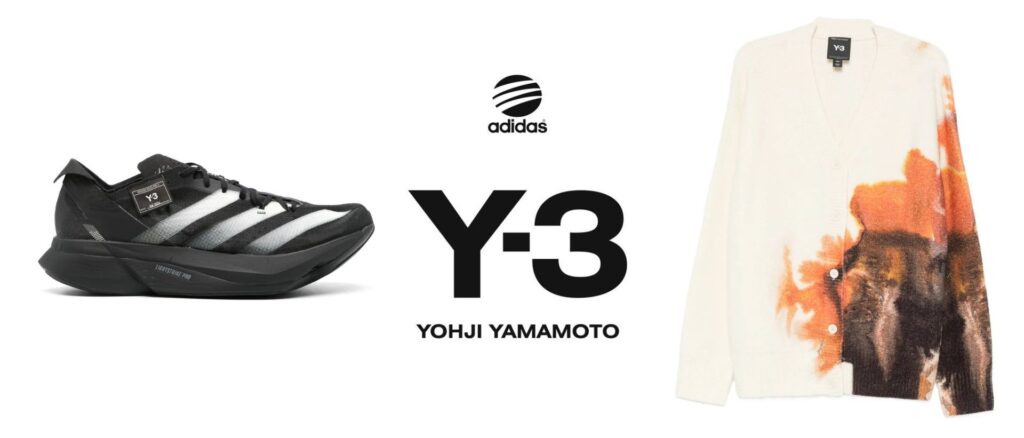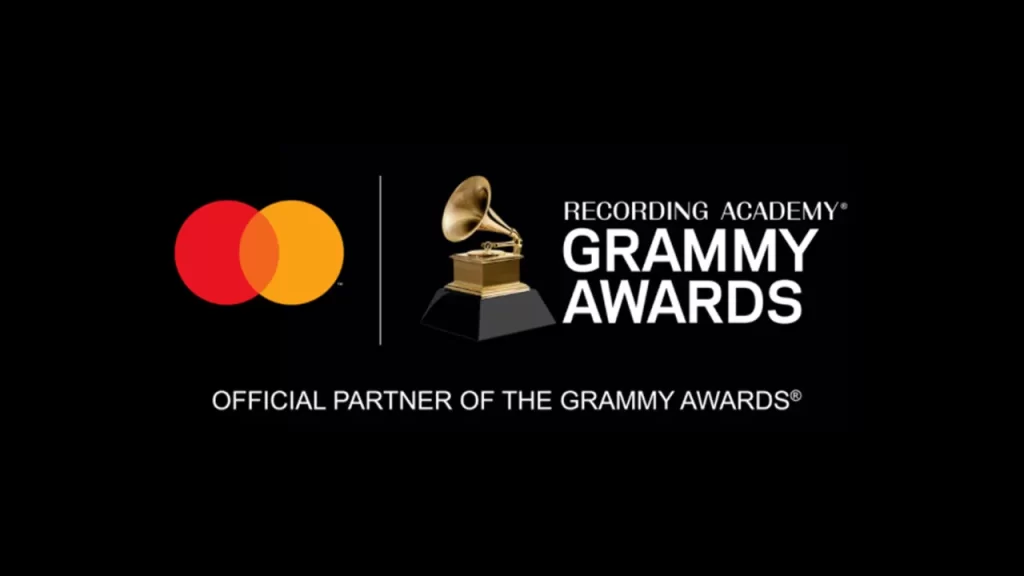Brand Growth 24 November 2025
Brand Partnerships, Three Paths for Growth
How brands can expand reach, deepen loyalty, and evolve their meaning through partnerships. All this without losing their essence.
Sevendots, San Francisco
7 minute read
The Context
In today’s world, attention is more fragmented than ever, and brands are constantly searching for new ways to grow without losing their ethos. Traditional campaigns may refresh awareness, but partnerships, when done with intention, can become one of the most effective ways to expand reach, attract new audiences, and strengthen equity by borrowing complementary strengths.
When designed strategically, partnerships can serve three very different purposes: they can help a brand reach new audiences, deepen engagement among existing ones, or combine complementary strengths that elevate both sides. For partnerships to work, it all depends on a single condition: clarity of purpose. When that clarity is missing, collaborations risk confusing consumers or weakening the brand’s identity. When it is present, partnerships can become a disciplined and creative engine for growth.
Although most of the examples in this article come from categories outside CPG, the underlying principles apply directly to it. In fact, CPG often lags other industries in partnership innovation, relying mostly on limited-edition flavors or tactical collaborations. The opportunity ahead is to borrow with pride from more advanced categories such as fashion, technology, sports, and payments, and translate those learnings into long-term platforms rather than momentary activations. The benefit for CPG brands is clear: the same three paths can unlock penetration, deeper loyalty, and renewed meaning when applied with discipline and imagination.
Among the three paths, the third is often the most transformative. It is where two brands combine different strengths to create something neither could achieve alone. New product lines, new categories, and even new business models emerge when brands complement each other naturally. These equity-building partnerships show how rational trust and emotional meaning can coexist—and why the best collaborations are rarely about reach, but about reinvention.

Path #1: Expanding to new audiences
Growth in mature categories almost always comes from attracting new buyers.
Partnerships can accelerate this process by letting a brand borrow credibility from a trusted name that already connects with the desired audience. Consumers transfer trust from one brand to another, making trial both faster and more natural.
Some brands typically struggle with younger groups, so it is common to see partnerships trying to gain some of the point-of-market-entry consumers. Although not everyone does it right, here are a couple of examples that were very successful.
The collaboration between Crocs and the anime franchise Naruto is a clear example. Crocs, long associated with comfort and utility, entered the world of fandom and self-expression through limited-edition character designs and collectible “Jibbitz.” Each release sold out within hours. The brand saw a surge in online searches and social mentions, and overall revenue grew by thirty-three percent in 2023, partly driven by these collaborations. Crocs, which in the past could not win among some generations, has lately been able to remain true to its playful and customizable personality while opening the door to a younger, culture-driven community.

An example within CPG can be found in Oreo’s collaborations with artists such as Post Malone and Selena Gomez. The Oreo versions were created by the artist, and the name of the artist were bigger than the Oreo logo in the package. Net, these partnerships were very successful attracting new buyers to the franchise while also creating a spike in relevance among younger fans.


A more unexpected case comes from Louis Vuitton and Supreme. What began as a provocative meeting of luxury and streetwear quickly became a cultural phenomenon. The joint collection sold out instantly and contributed to a seventeen percent sales increase for LVMH’s Fashion and Leather Goods division that year. For Louis Vuitton, the partnership brought credibility among younger consumers who valued creativity over tradition. For Supreme, it provided entry into the world of luxury. What might have seemed like opposite worlds revealed themselves as two expressions of craftsmanship and confidence.
Expansion succeeds when the new audience sees the partnership as additive, not opportunistic.
Path #2: Maximizing within the same audience
When two brands share a tribe, partnership turns presence into belonging.
Some partnerships focus less on new audiences and more on deepening the brand’s role in the lives of those it already serves. When two brands share a similar consumer base, they can work together to create richer experiences that increase frequency, loyalty, and cultural relevance.

The collaboration between Nike and Spotify illustrates this perfectly. Nike’s mission to inspire movement and Spotify’s ability to power that movement made them natural allies. By integrating playlists and training challenges, they turned workouts into multisensory rituals. The partnership led to higher engagement across both platforms and increased completion rates for Nike Training Club sessions. It was not about attracting new users; it was about becoming indispensable to existing ones.
A broader version of this synergy is the long-term alliance between GoPro and Red Bull. Both brands speak to adventure seekers but from different angles: GoPro provides the camera, Red Bull provides the stage. Together they built a global ecosystem of extreme-sports content that redefined how adrenaline is filmed and shared. GoPro’s revenues surpassed 1.6 billion USD at the height of the collaboration, while Red Bull’s sales grew past six billion cans annually. Rather than chasing new audiences, they deepened ownership of a cultural territory.

Path #3: Complementing equities and leveraging strengths
When one brand’s strength fills another’s gap, both become stronger.
The third path to growth involves the most interesting route: combining different types of strength between brands that partner to complement one another. Some brands bring rational credibility; others bring emotion and cultural energy. When the two come together, they can elevate each other’s meaning and create entirely new forms of relevance.
The collaboration between IKEA and LEGO demonstrates this beautifully. Their BYGGLEK collection of boxes—part storage and part play surface—sold out upon launch and later became a permanent product line. IKEA contributed practicality and design discipline, while LEGO added imagination and family warmth. The result was an idea that felt inevitable: organization and play, united in everyday life.

Another illustration is the partnership between Microsoft and the NBA. By applying Microsoft Copilot technology, the league offered fans data-rich, personalized viewing experiences that brought analytics to life. Microsoft gained emotional connection with younger, sports-focused audiences, while the NBA enhanced its reputation for innovation. Engagement in the NBA app increased by double digits in 2023, and Microsoft’s image evolved from corporate and functional to human and culturally fluent. This was not about co-branding logos; it was about blending intelligence with emotion.
A striking recent example of complementary equities is Y-3, the enduring partnership between Adidas and Japanese designer Yohji Yamamoto. Originally launched in 2002 as an experiment in fusing sportswear and avant-garde design, Y-3 has evolved into a full expression of fashion performance. What began as an aesthetic collaboration is now reshaping an entire category. In the 2024 and 2025 ATP seasons, most Adidas-sponsored tennis players, including several top-ranked men and women, have taken the court wearing Y-3 instead of the traditional Adidas line. This shift signals more than a design preference; it marks the arrival of a new era where performance and style coexist seamlessly. Y-3 gives Adidas a new visual and emotional language, one that elevates tennis from functional gear to fashion expression, while Yohji Yamamoto gains global reach and cultural relevance in a sport long defined by convention. This partnership shows how innovation and artistry merge to create not just a new product line but a new category where sport becomes an act of style.

Perhaps the most systemic example comes from the world of payment networks, where collaboration is not a novelty but a defining feature of the business model. Brands like Visa and Mastercard are experts in co-branding since their logos rarely appear alone. Whether it is a credit card issued by a bank, a digital wallet using their payment rails, or a major sports or music sponsorship such as the FIFA World Cup or the Grammy Awards, these partnerships demonstrate how functional trust and emotional connection can coexist.

The network provides the infrastructure that guarantees security and reliability, while the partner brand—whether a bank, an app, or an event—adds personality, aspiration, or local relevance. Together they create value that is both rational and emotional. It is a constant reminder that in payments, credibility is built on the invisible, but connection is built on the emotional layer of partnership.
Growth without distortion
No matter which route, a brand partnership takes, expanding to a new audience, maximizing within an audience, or complementing equities, the goal is always to stretch intelligently without losing clarity. The strongest partnerships feel like natural evolutions, not forced experiments. They build on the brand’s existing truth while opening it to new expressions and audiences.
Growth achieved in this way is both creative and disciplined. It respects the brand’s essence while allowing it to evolve alongside culture. In a marketplace that rewards novelty but values authenticity, the brands that master this balance will continue to grow confidently, clearly, and without distortion.
In the end, great partnerships are not only a way to grow faster; they are a way to grow truer to what the brand can become.
At Sevendots, we help brands identify which of the three paths best unlock their next wave of growth and design partnerships that stretch the brand with clarity rather than compromise.
